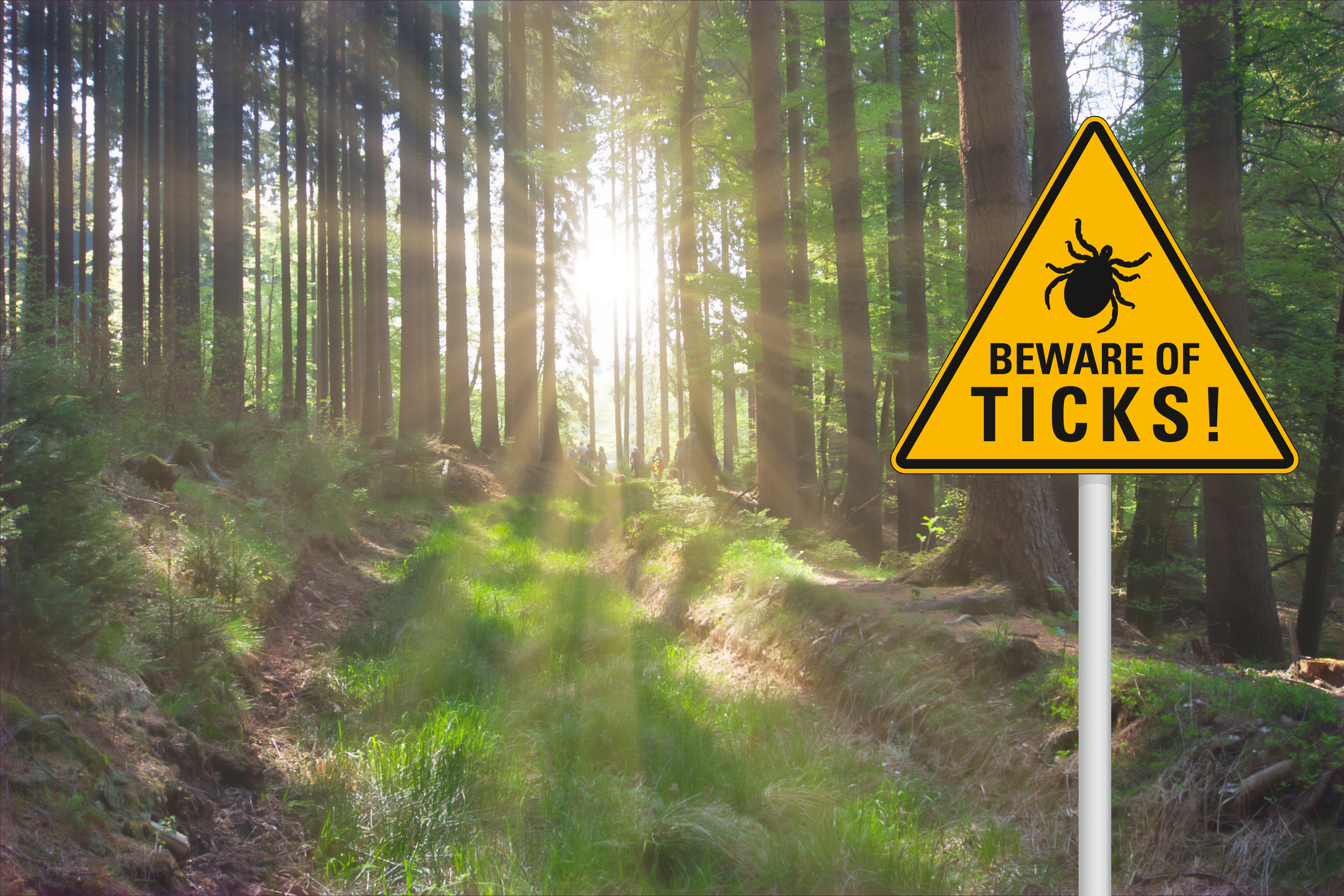5 Tips to Stay Safe During Tick Season from Lyme Expert Dr. Arnaboldi
Lyme Disease Expert Dr. Arnaboldi Shares Tips to Stay Safe From Tick-Borne Illnesses

May is Lyme Disease Awareness Month and the threat of tick-borne illnesses is on the rise in Westchester and all over the nation. As tick season has been in full swing since March and people can expect to be at high risk of tick exposure through November, said Lyme disease expert Paul Arnaboldi, Ph.D., assistant professor of pathology, microbiology and immunology at New York Medical College.
According to a 2021 estimate by the Centers for Disease Control and Prevention (CDC), approximately 476,000 Americans are diagnosed and treated for Lyme disease each year, which is a 20 percent increase from data from 2010-2018. While experts are unsure for certain the cause of the increase, experts say that climate change may be a factor.
Tick-borne illnesses can cause fatigue, headache, malaise, fever, body aches, chills and neurological issues. Many people develop a skin lesion called erythema migrans at the site of a tick bite. This looks like a reddish mark that expands over time and may or may not take on the appearance of a bull’s eye. Some people even experience symptoms months or years after a bite.
Ticks are capable of transmitting Lyme disease and other illnesses as early as their nymph stage of their life cycle and well into their adulthood. Unfed nymphal ticks are about the size of a poppy seed and difficult to see. They are most active in the spring and summer. Adult ticks are about the size of a sesame seed and are primarily active in the fall. When they feed, they become larger and more apparent.
Dr. Arnaboldi has five preventative and aftercare tips to be aware of to stay safe during tick season.
- Avoid areas with tall grass, weeds and brush. Ticks don’t jump or fly, but rather climb tall grass or similar brush and reach out to grab onto a person or animal as they go by.
- Wear long pants and boots with the cuffs of the pants tucked in, as well as long sleeve shirts to reduce the likelihood of skin exposure to a tick.
- Use of FDA-approved repellants. Lists of repellants for ticks can be found on the CDC and Food and Drug Association (FDA) websites. Please note that just because a repellant may work against other insects or vectors, such as mosquitos, that does not mean it will be effective against ticks. Check labels carefully.
- After being exposed to tick habitats, always perform a full body tick check and not just examine exposed skin. Showering within two hours of outdoor activity can help remove ticks that haven’t adhered yet. Ticks are often found along clothing lines, such as elastic waist or underwear bands, bra straps, sock lines, in between toes, in the navel, behind knees or in the crooks of elbows, in the hair line, in or behind the ears, or in the folds of the crotch or buttocks. Young children and older individuals often need assistance for proper tick checks.
- When removing a tick, use tweezers. Grip near the skin and pull upward with steady even pressure. Avoid twisting or yanking, as this can result in part of the tick mouth remaining attached. While it is important to remove a tick as quickly as possible, removing it within the first 24 hours can prevent transmission of most tick-transmitted diseases.
“Just because you get bit by a tick does not mean that you will definitely get Lyme disease,” said Dr. Arnaboldi. “Keep an eye on the region of any skin lesions, like erythema migrans, at the site of the tick bite. If you have concerns, contact your personal physician.”
He also warns to be aware of the misinformation on the internet. Make sure to use reputable sources such as the CDC, FDA, or local Department of Health when searching for appropriate information.
